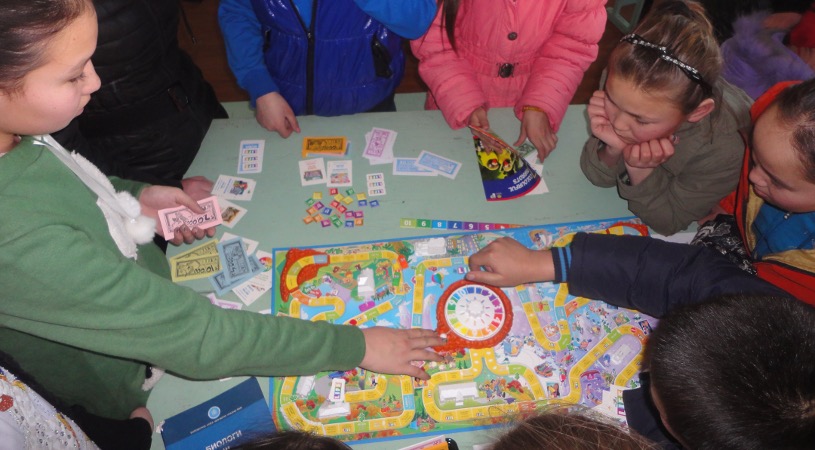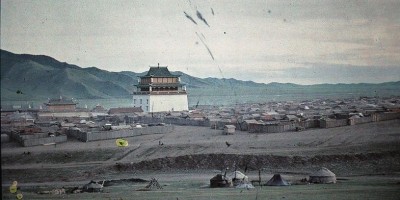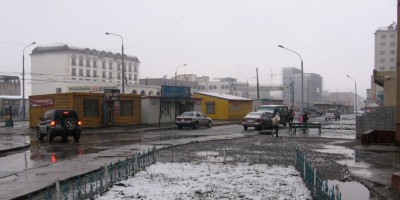Mongolia has the fastest growing economy in the world, but so far that has not translated into markedly improved school conditions, at least where I teach. Teachers have to contend with many challenges in their job, but one area that should be fixable given Mongolia’s new found wealth is classroom conditions.

Decorations can improve a room
Most schools in Mongolia were built between 1970 and 1990 based on a few basic plans which makes visits to other schools feel oddly familiar. More than once I have visited a new school and known where specific rooms were because the school had the same plan as other schools I had visited. Beyond their similar floor plans, schools also tend to be drafty, poorly insulated, lacking in direct sun light, riddled with exposed wiring and piping, and schools in the countryside usually do not have running water or bathrooms. Within classrooms, the furniture is often old and falling apart, there are not enough seats for everyone, some teachers write on sheets of plywood painted green pretending they are chalkboards, and many decorations still extol the virtues of being a good Socialist. In general, schools remind me more of places of political exile than places of learning.

But it is still colder than it looks
This is not to suggest that teachers don’t make the best of their circumstances nor that there aren’t improvements. Teachers work hard to create warm learning environments with pictures, maps, and displays of student produced work. Many rooms in my school now have new whiteboards, and a few classes are lucky enough to have individual desks and chairs for each student. Improvements are occurring but they feel painfully slow and meager in comparison to changes visible outside schools. I have the unusual benefit of having sufficient disposable personal income to purchase additional supplies to decorate my classroom, but I still have to teach in a room with only one working light (and only if the power is on), heat that is for all practical purposes non-existent, and not enough tables and chairs for my largest class.
When it is 10C (50F) in a classroom it is hard to grip your pen to take notes let alone concentrate well enough to learn biology, chemistry, math, or a foreign language. Poor learning conditions are not unique to Mongolia, but they are becoming less understandable day-by-day in a country with billions of dollars worth of coal, copper, and gold and an acute need for an educated and competent workforce. Every time I see a Hummer cruise past me I wonder why they are becoming commonplace but basic learning conditions such warmth, adequate seating, and paper supplies still feel like luxuries.
About the author
Sarah (Sadie) Munson currently lives and works in Umnugobi Province as an English teacher. She holds a bachelors degree from the University of Montana and a Masters of Human Ecology from the University of Wisconsin. Her professional interests and experiences include primary and secondary education, child development and family education, and community development. She can be reached at sarahmunson@gmail.com.



